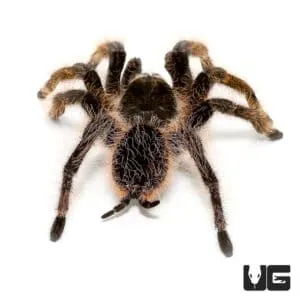Understanding Curly Hair Tarantulas
The Curly Hair Tarantula ( Tliltocatl albopilosus ) is a popular choice for both novice and experienced tarantula keepers. Known for their docile temperament and striking appearance, these tarantulas are a relatively low-maintenance pet. Before you embark on your journey to acquire one, understanding their basic needs, origin and how to safely purchase one is crucial for a successful and rewarding experience. This guide will help you navigate the process, ensuring you find a healthy tarantula from a reputable source.
Origin and Characteristics
Native to the rainforests of Central America, particularly Costa Rica, the Curly Hair Tarantula gets its name from the distinctive, curly hairs that cover its body. These hairs, which can range from a light brown to a golden hue, give the tarantula a unique and attractive appearance. They typically grow to a leg span of 4-6 inches. Their relatively calm demeanor, coupled with their striking looks, has made them one of the most sought-after tarantula species in the pet trade. These tarantulas are generally slower-moving and less prone to aggression than some other species. Their care requirements are also relatively straightforward compared to some other species, making them a great option for new tarantula keepers.
Why Choose a Curly Hair Tarantula
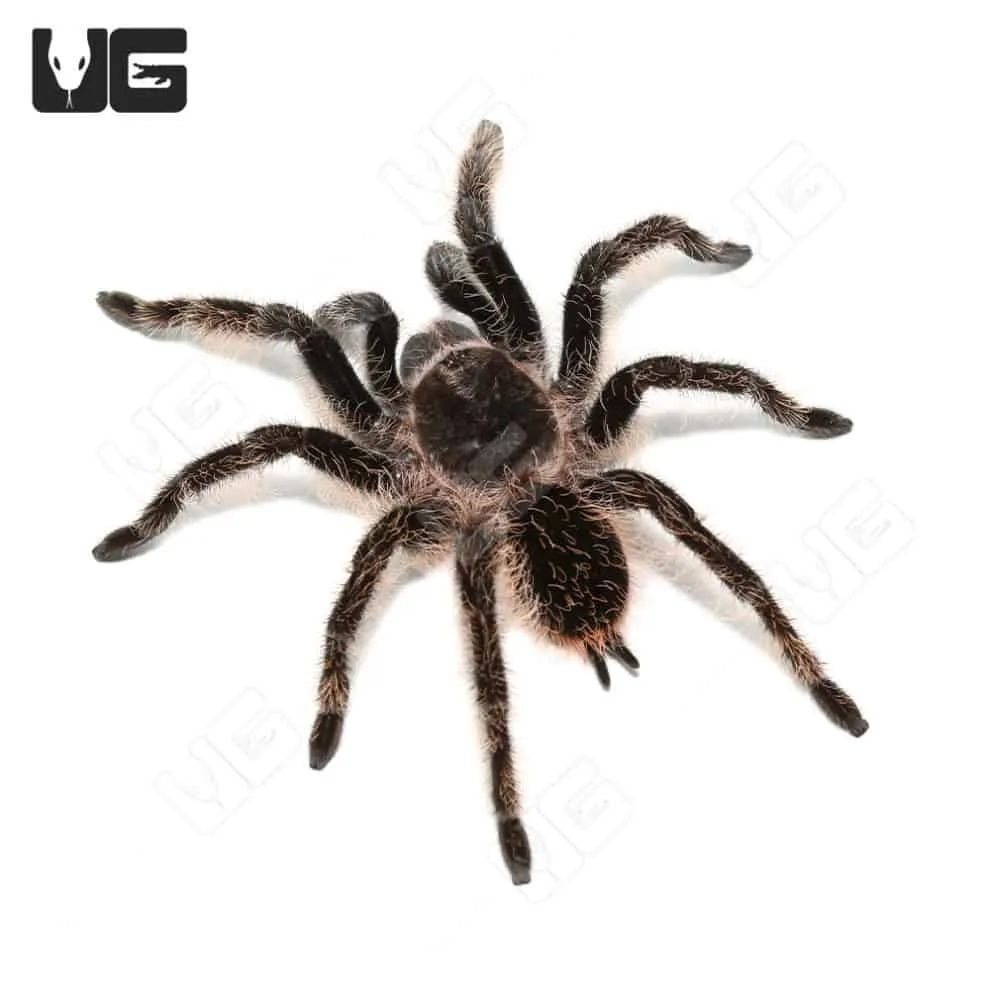
Choosing a Curly Hair Tarantula offers several benefits. Their calm and docile nature makes them easier to handle and observe. They are also a good choice for beginner tarantula keepers. These tarantulas are not only beautiful but also relatively low-maintenance pets, requiring a moderate amount of care. Furthermore, their slower metabolism allows them to go for longer periods without feeding, which can be convenient for busy owners. Their longevity, with females living up to 10 years or more, also adds to their appeal, providing a long-term companionship with your pet. However, remember that this is still a wild animal and must be handled with care.
Identifying Reputable Breeders
The most important aspect of buying a Curly Hair Tarantula safely is selecting a reputable breeder. A reputable breeder will prioritize the health and well-being of their tarantulas, providing proper care and husbandry practices. This reduces the risk of acquiring a sick or poorly cared-for tarantula. Identifying a reputable breeder involves careful research and consideration of various factors. Here’s how to make the best choice for you.
Check Reviews and Ratings
Before making a purchase, thoroughly research the breeder’s reputation. Look for reviews and ratings from other customers. Websites such as Arachnoboards, social media groups, and dedicated pet forums are excellent resources for gathering information. Positive reviews typically indicate a breeder who provides healthy tarantulas and excellent customer service. Be wary of breeders with consistently negative feedback or a lack of online presence. Look for transparent businesses, with a strong track record, and a high volume of sales to back up claims.
Health Guarantee and Return Policies
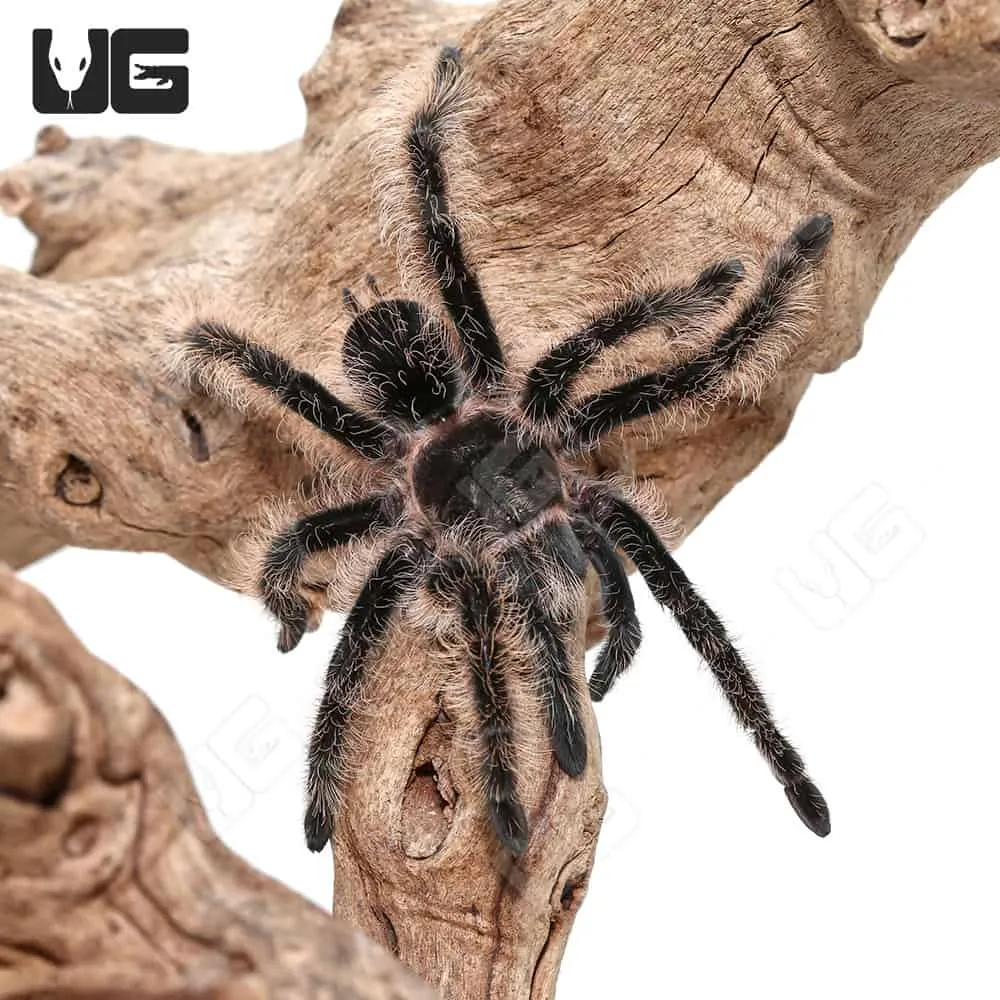
A reputable breeder should offer a health guarantee, which provides assurance that the tarantula is healthy at the time of purchase. This guarantee typically covers issues like parasites, diseases, or other health problems. Understand the terms of the guarantee, including the duration and what it covers. Additionally, review the breeder’s return policy. A good breeder will have a clear return policy in case of issues with the tarantula’s health or condition. Make sure the policy is fair and covers your needs. Be clear on shipping policies and procedures to safeguard the animal on transit.
Breeder’s Expertise and Experience
Choose a breeder with proven experience in breeding and caring for Curly Hair Tarantulas. Experienced breeders are more knowledgeable about the specific needs of the species, including proper husbandry and identifying potential health issues. They can offer valuable advice and guidance to new owners. Inquire about the breeder’s background. Ask how long they’ve been breeding tarantulas, and what methods they use. Check the breeder’s website or social media for information. You can often learn a lot about their practices through their content. A breeder should be willing to answer your questions and provide information. Be wary of anyone unwilling to provide adequate information on their practices.
Online vs. Local Retailers
When buying a Curly Hair Tarantula, you have the option of purchasing online or from a local retailer. Both options have their own advantages and disadvantages. Understanding these can help you make an informed decision that suits your needs and preferences. Your choice will depend on your comfort level, access to resources, and what you are looking for in a breeder or retailer. Here is what you need to know.
Pros and Cons of Buying Online
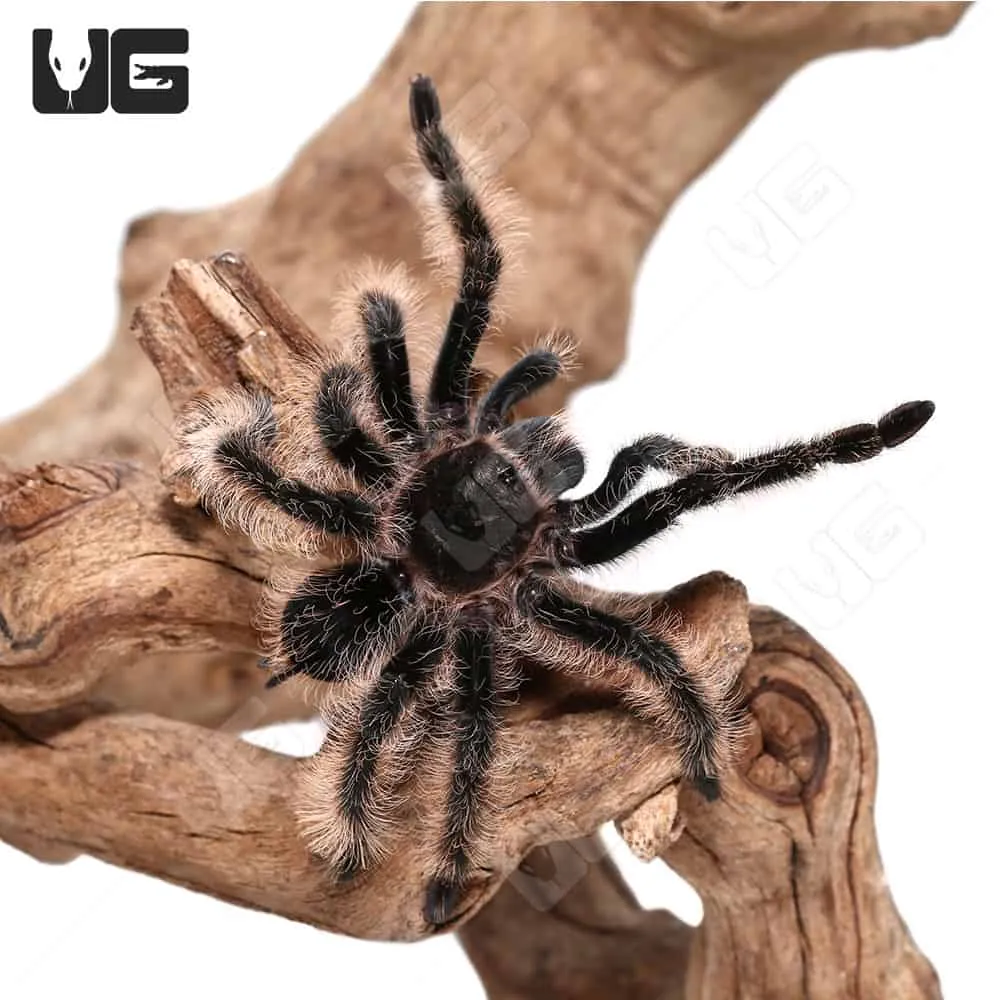
Buying a Curly Hair Tarantula online offers convenience and a wider selection of breeders to choose from. You can research different breeders, compare prices, and read reviews from the comfort of your home. Online retailers often specialize in tarantulas. This is a benefit in terms of expertise and selection. The downside of buying online is the inability to physically inspect the tarantula before purchase. This increases the risk of receiving a sick or unhealthy specimen. Shipping can also be stressful for the tarantula, and there’s a risk of delays or mishandling during transit. Shipping costs can also add to the overall expense. Make sure to know the breeder’s shipping practices before committing.
Pros and Cons of Buying Locally
Buying a Curly Hair Tarantula locally allows you to inspect the tarantula in person before purchasing. You can assess its overall health, activity level, and behavior. This can reduce the risk of acquiring a sick or poorly cared-for tarantula. Local retailers often offer the added benefit of immediate support and advice. You can easily address any questions or concerns you may have. Local retailers can sometimes have a smaller selection, and prices can be higher compared to online breeders. It’s essential to research the retailer’s reputation and ensure they prioritize the well-being of their animals. Check with local pet stores, reptile expos and breeders specializing in arachnids. This can help you find healthy tarantulas.
Essential Supplies You’ll Need
Before bringing your Curly Hair Tarantula home, you will need to prepare the enclosure and gather essential supplies. Proper setup is crucial for the tarantula’s health and well-being. Having everything ready will ensure a smooth transition for your new pet. Here are some key supplies you’ll need to get started.
Enclosure Requirements
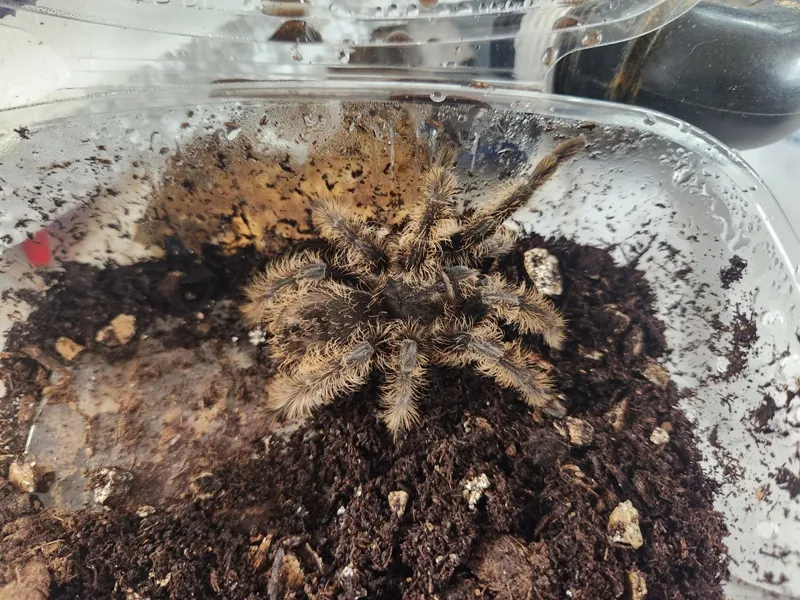
The enclosure should be appropriately sized for your tarantula. A 10-gallon tank or a similar-sized enclosure is suitable for juveniles and adults. Ensure the enclosure is escape-proof, with a secure lid and ventilation. The enclosure should be made of glass or clear plastic. This allows you to observe your tarantula. Avoid enclosures with sharp edges or features that could harm your pet. Clean the enclosure regularly to prevent the buildup of waste and bacteria.
Substrate and Decor
The substrate, or bedding, is an important part of the tarantula’s enclosure. It should provide a comfortable and safe environment for your tarantula to burrow and roam. A mixture of coconut fiber, peat moss, and vermiculite is a good choice. It helps maintain humidity and allows the tarantula to create a burrow. Add a shallow water dish for drinking. Add a hide, such as a piece of cork bark or a plastic hide, for the tarantula to feel secure. Avoid adding anything that could be harmful to the tarantula, such as sharp objects or toxic materials. Monitor the substrate’s humidity and change the substrate regularly.
Feeding and Care
Curly Hair Tarantulas are insectivores, meaning their diet consists primarily of insects. Provide a varied diet of appropriately sized insects. Crickets, roaches, and mealworms are popular choices. Feed juveniles 2-3 times a week and adults once a week. Remove any uneaten food within 24 hours to prevent mold and mites. Always have a shallow water dish available with fresh water. Maintain the proper humidity levels to ensure the tarantula can molt properly. Avoid handling the tarantula unless absolutely necessary. If you must handle it, do so gently and slowly. Handle the tarantula close to the ground to minimize the risk of injury if it falls.
Common Health Issues and Prevention
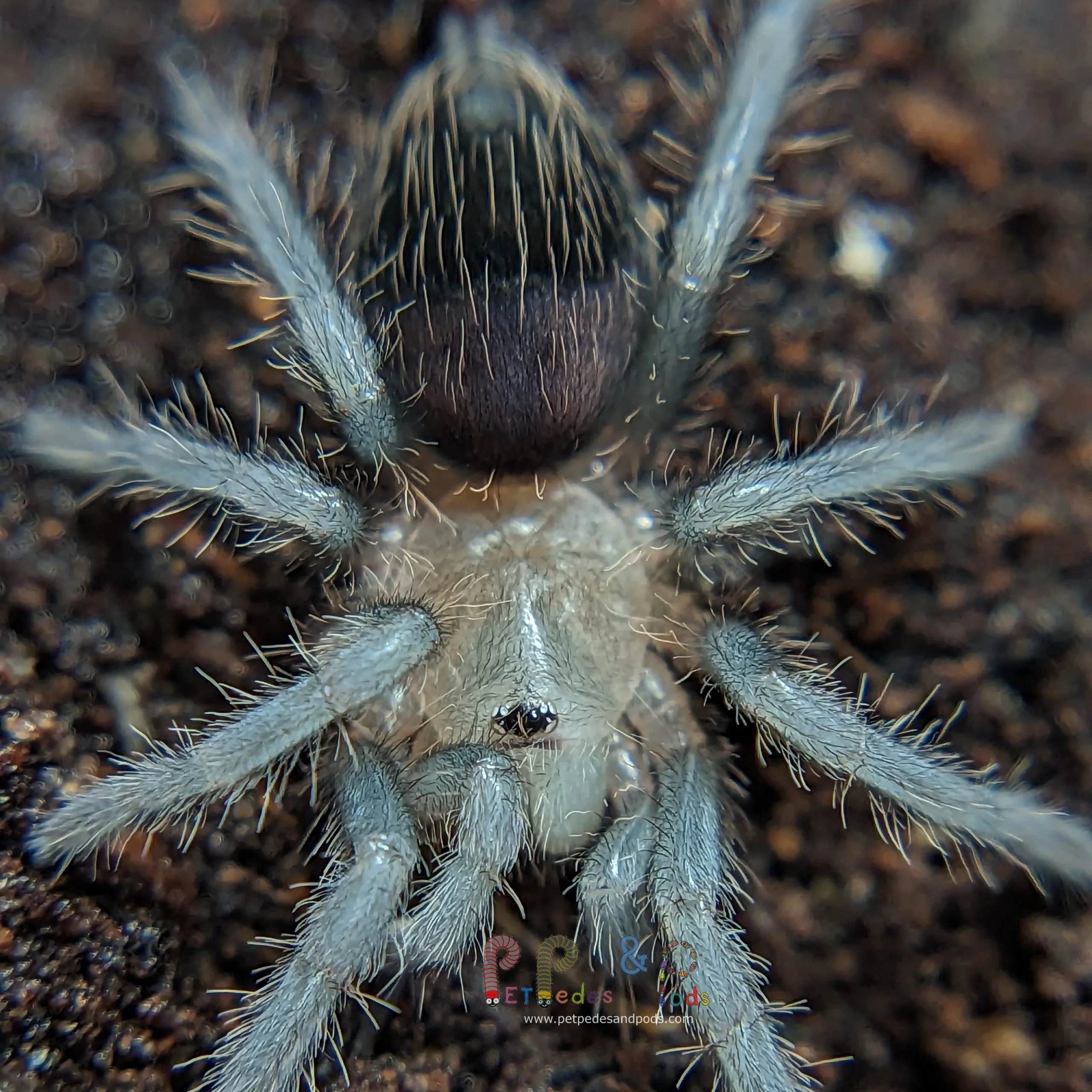
While Curly Hair Tarantulas are generally hardy creatures, they can still be susceptible to certain health issues. Recognizing these issues and taking preventative measures can help ensure your tarantula’s well-being. The information below outlines some common health problems and how to address them.
Recognizing Signs of Illness
It’s important to recognize signs of illness in your Curly Hair Tarantula. Lethargy or inactivity is a major sign to look for. If your tarantula is not moving or is unresponsive, it might be sick. Loss of appetite is another common sign. A healthy tarantula will usually eat regularly. If the tarantula refuses to eat for an extended period, it could be a sign of a problem. Physical abnormalities, such as a swollen abdomen, unusual posture, or any discharge are also signs to look out for. If you notice any of these symptoms, it’s essential to consult an experienced tarantula keeper or veterinarian.
Preventative Measures
Preventative measures are key to keeping your Curly Hair Tarantula healthy. Maintain the correct humidity and temperature levels to prevent respiratory issues. Provide a clean and appropriate enclosure to prevent bacterial or fungal infections. Offer a varied diet of appropriate food to ensure the tarantula gets proper nutrition. Avoid handling your tarantula frequently, which can stress it. Regularly inspect the tarantula for signs of illness or injury, and take immediate action if you see something. Quarantine new tarantulas before introducing them to an existing collection to prevent the spread of diseases. By implementing these preventative measures, you can help ensure your tarantula stays healthy and thrives.
Conclusion
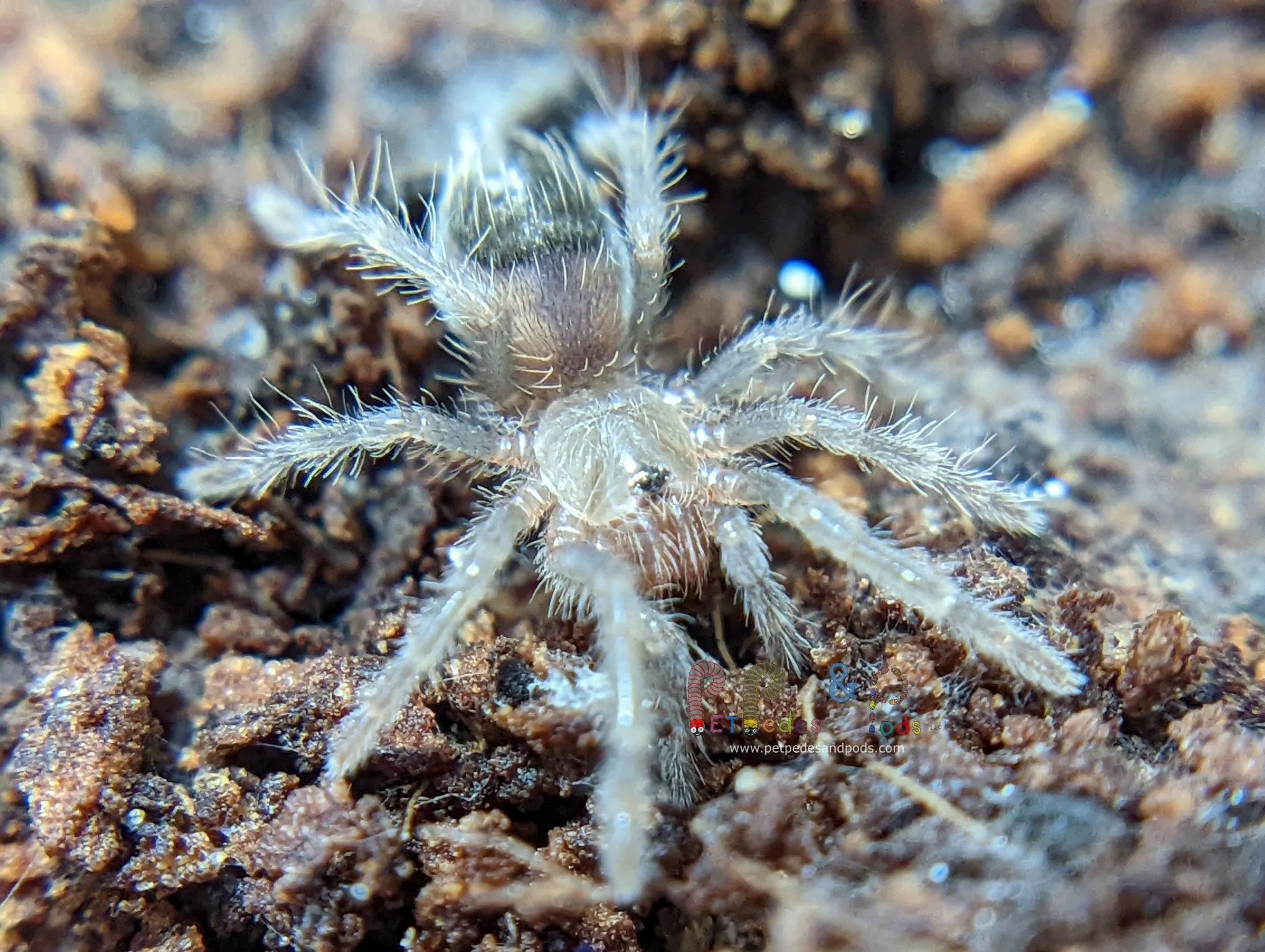
Buying a Curly Hair Tarantula can be a rewarding experience, provided you take the right steps. By following this guide, you can confidently find a healthy tarantula from a reputable breeder or retailer. Remember to do your research, understand the tarantula’s needs, and provide proper care. With the right preparation, you can enjoy a fascinating and rewarding relationship with your new pet. Always prioritize the health and safety of the tarantula. Enjoy the unique experience of keeping this fascinating arachnid!
